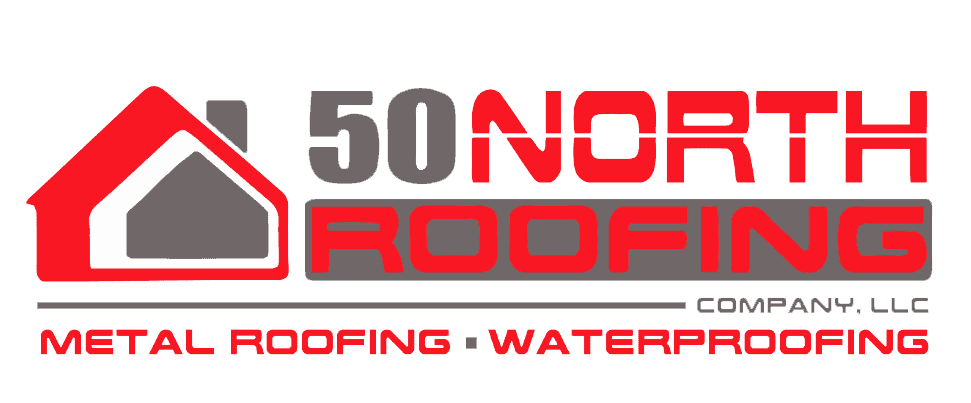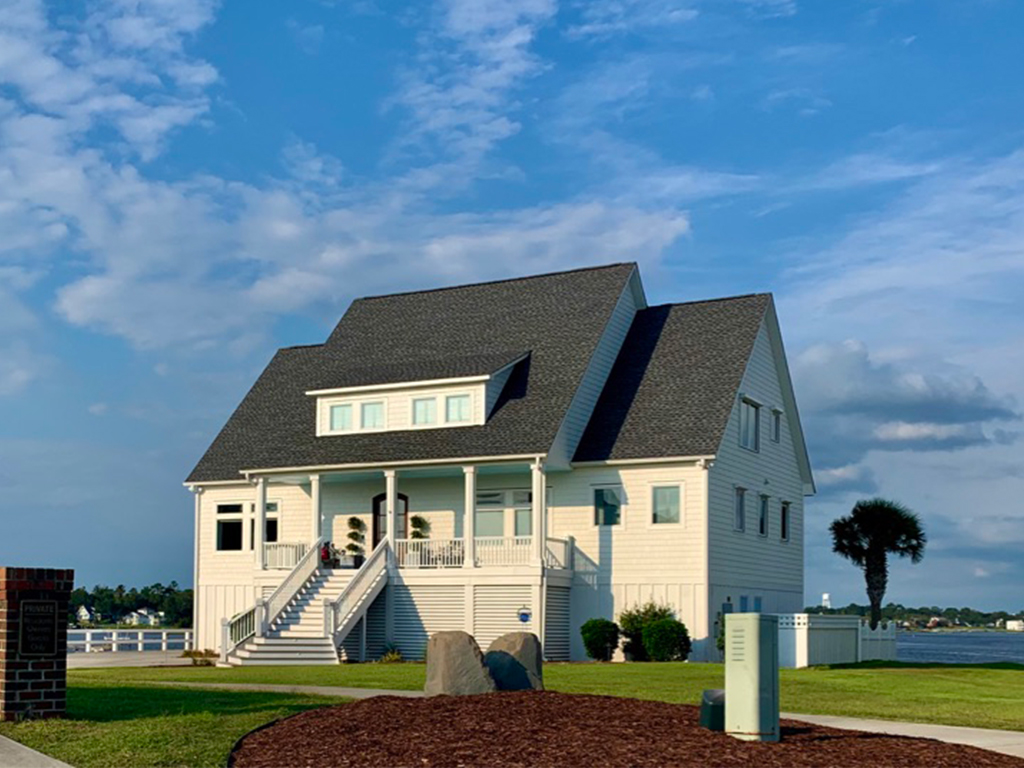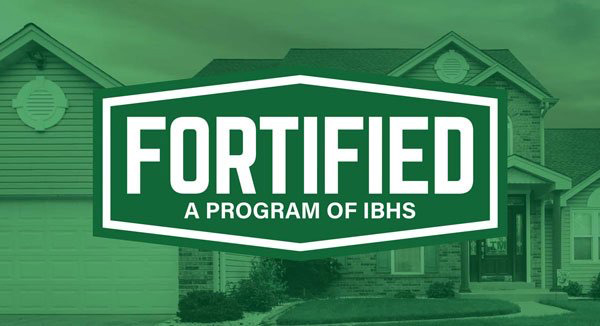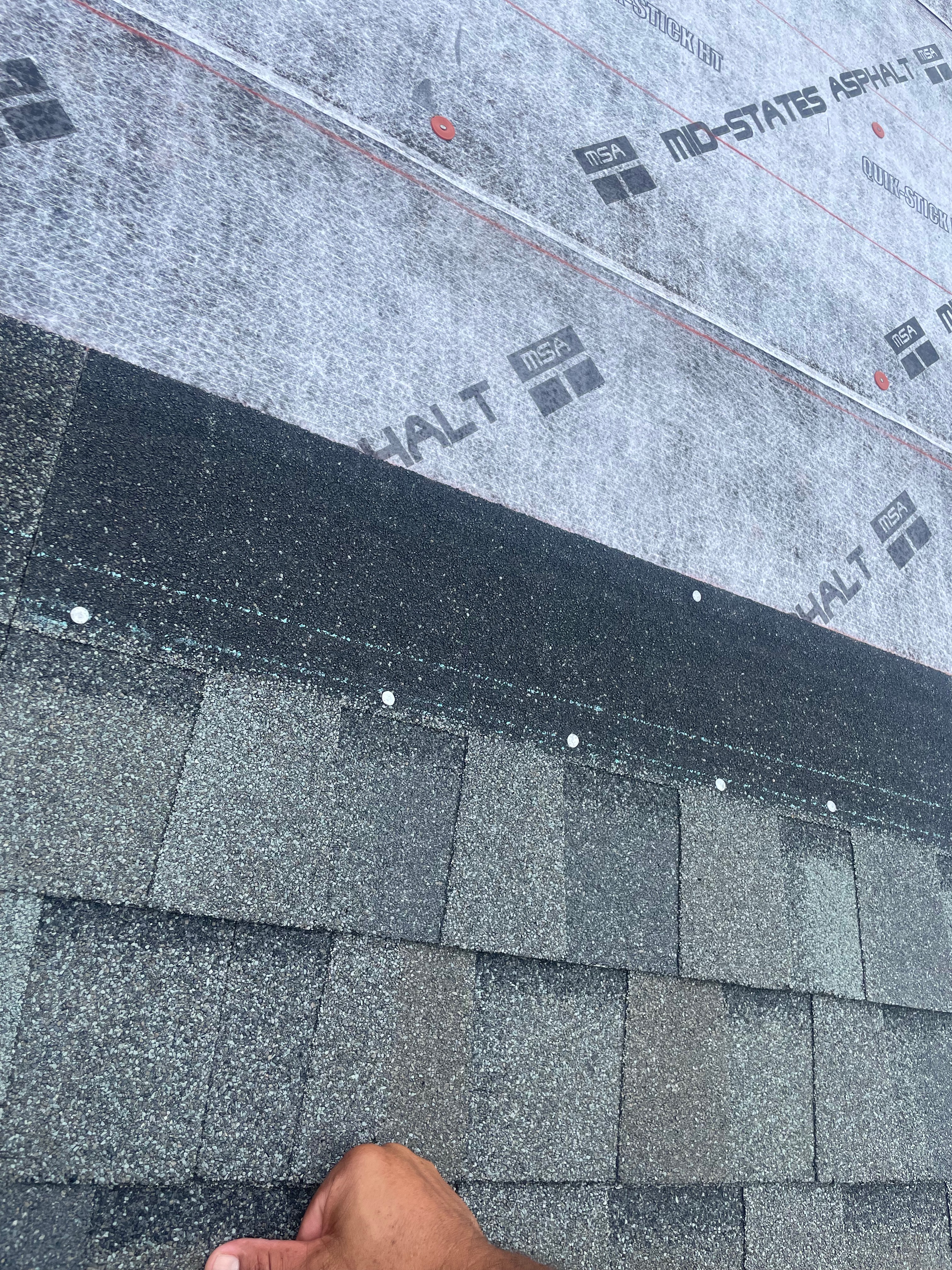Understanding the Top Causes of Roofing Installation Failures
Determining if your roof was installed correctly can be challenging for many homeowners. We often entrust our roofing needs to professionals, assuming they have the expertise to ensure a proper installation. Unfortunately, not all roofing experts prioritize the meticulous steps necessary for the longevity of your roof.
Roofing contractors may sometimes take shortcuts to speed up the process and keep costs low, but these decisions can end up costing homeowners more in the long run. In our thirty years of experience fixing leaky or improperly installed roofs, we’ve seen that not all roofing projects are done to the same high standard.
Improper installations may lead to compromised shingles, structural damage from water infiltration, loose or missing shingles, and increased vulnerability to storm-related harm. These issues often occur when a roofing contractor lacks the essential experience and skills required for a proper installation.
Understanding the signs of improper installation can be difficult. In this article, we will explore five common causes of a poor roof installation, including poor workmanship, insufficient attic ventilation, improper nailing, inclement weather, and not installing important components.
Common Causes of a Bad Roof Install
POOR WORKMANSHIP
Improperly installed roofs often result from inadequate workmanship, which occurs when roofers take shortcuts or fail to follow the manufacturer’s recommended guidelines for installing roofing components, accessories, and materials. This can lead to a subpar roof that does not meet quality standards.
Some signs of poor workmanship to look out for include the absence of starter shingles. This can lead to water accumulation and direct contact with the roof deck, as the first course of shingles lacks the protective layer that higher courses have.
An inconsistent appearance, such as irregular alignment of materials, noticeable bumps and ripples, and disparities in colors and textures, can indicate poor workmanship. These visual cues often suggest inadequate training, lack of experience, or an attempt to cut corners.
The absence of a drip edge can lead to water infiltration beneath shingles, causing leaks, roof deck rot, water stains on siding, soil erosion around the foundation, and even basement flooding. It’s important to properly install a drip edge to divert water away from the roof’s edge and prevent water from seeping behind the soffit edge and siding. This includes placing shingles over the drip edge at both the eave and rake edges. flooding.
If you are considering using high-quality roofing materials, it’s important to remember that the overall quality of your roof depends on the skill of the roofing contractor. If the installation is not done properly, problems are likely to arise sooner rather than later. For more information on how hiring an inexperienced contractor can jeopardize your roof, take a look at this article.
INSUFFICIENT ATTIC VENTILATION & INSULATION
Your attic plays a crucial role in maintaining the temperature balance within your home. It is located between the indoor and outdoor temperatures, which can lead to condensation and moisture buildup without proper ventilation. This highlights the importance of ensuring your attic is effectively ventilated.
It is important to ensure proper attic ventilation to prevent potential roof failure and damage caused by extreme temperature fluctuations. Failure to do so could result in significant issues within just a few years expected lifespan.
Adequate attic insulation is just as important as maintaining a healthy roof. For example, in colder climates, insufficient insulation can lead to the formation of ice dams, posing a risk to residents.
Ice dams are formed when snow on the roof melts and then refreezes due to heat escaping from your home. The melted snow trickles down to the colder areas of the roof, such as the lower edge or soffit, where it refreezes and creates an ice dam.
The build-up of water behind an ice dam can cause damage such as shingle deterioration, decking degradation, and water seepage into your attic and exterior walls. To prevent this issue, it’s important to make sure your attic is properly insulated.
Efficient attic ventilation and adequate insulation are crucial for the longevity and resilience of your roof. A well-ventilated and properly insulated attic can protect your roof from potential issues and contribute to the overall longevity of your home. So, it’s important to prioritize proper ventilation and insulation for your attic.
IMPROPER NAILING TECHNIQUES
One of the most common errors we come across is improper nailing during asphalt shingle installation. It’s surprising that some contractors struggle to follow the specific instructions provided by roofing manufacturers.
We often come across two main issues when it comes to nailing: improper nail placement and overdriven nails.
High nails occur when nails are placed above the designated nail line on a shingle. Detecting high nails can be difficult since they are usually hidden beneath the adjacent row of shingles. However, high nails can cause significant damage by failing to secure the shingle below it, compromising the integrity of the entire shingle.
Proper installation of roofing nails is crucial for securing shingles and preventing water infiltration. Nails must be driven in straight and with the appropriate pressure to avoid leaks. If you notice raised or lifted shingles, it’s possible that the nails were improperly driven.
Even though nailing defects may appear insignificant, they can have significant consequences. A compromised nailing job can greatly impact the effectiveness of your entire roofing system. By making sure that the nails are properly positioned and driven during installation, you can greatly improve the durability and performance of your asphalt shingle roof.
INCLEMENT WEATHER
As expected, the weather on the day of your roof installation can have a big impact on the final result. If the temperature falls below 40°F, it’s too cold for roofing work. The adhesive products used for installation and replacement need the sun’s warmth to activate properly.
If you live near Wilmington, North Carolina or in a milder climate, replacing your roof in the winter could be an option. Even though it might start off cold in the mornings, with temperatures as low as 20°F, they could warm up to 45°F or higher by noon.
Rain poses a unique challenge when it comes to roofing. The plywood decking beneath the shingles can absorb water and swell when exposed to rain after the shingles are removed. This can prevent the new shingles from adhering properly. Placing shingles on a damp deck can also trap moisture, leading to potential wood rot.
The growth of mold and mildew on the roof decking is triggered by moist conditions, which can impact the wood’s structural integrity and diminish the roof’s overall lifespan. It is evident that weather conditions play a crucial role in the success and longevity of your roofing project.
FAILING TO REPLACE VITAL COMPONENTS
Some roofing contractors may choose to save time by reusing old components from your previous roof, but this can lead to premature roof failure and is not an ideal practice.
It is important to recognize that every roof is different, with specific points of connection and corners that require correct flashing. When replacing your roof, it is crucial to also replace the metal flashing to ensure long-term durability. Reusing old flashing may seem like a quick fix, but it will likely lead to the need for a new roof in the near future.
During the roofing process, it’s important to replace all box vents and roof boots. Box vents are crucial for removing warm, moisture-laden air from your attic. When replacing them, it’s essential to thoroughly inspect for signs of rot or rust. Failing to replace worn box vents can negatively impact the health of your roof.
Your roofing contractor may be neglecting important components such as flashing and box vents, which could indicate they are also overlooking other essential aspects of the project.
Ice and Water-Shield is a rubberized membrane that adheres itself and acts as a barrier to protect against leaks from strong storms, wind-driven rain, and ice dams. It creates a tight seal between shingles and the roof deck to effectively stop water from getting in.
Roofing underlayment is an essential layer of protection that is installed directly on the roof deck. Its primary function is to prevent rain and snow from getting trapped under the shingles, which in turn helps to avoid potential moisture damage, leaks, mold growth, and rot. By providing an additional layer of safeguarding beyond the shingles, roofing underlayment plays a crucial role in extending the lifespan of the roof and protecting the structure of the building.
HOW CAN I GET MY ROOF PROPERLY INSTALLED?
If you’re concerned about the factors that can lead to an improperly installed roof, you might be wondering how to ensure your roof is installed correctly. Our advice is simple: hire an experienced roofing contractor for a properly installed roof.
A highly skilled roofing contractor with years of experience and positive reviews from homeowners in similar situations as yours will have the knowledge and expertise to ensure a secure and long-lasting roof repair or replacement. You can trust that your roofing project is in capable hands when working with a contractor like this.




